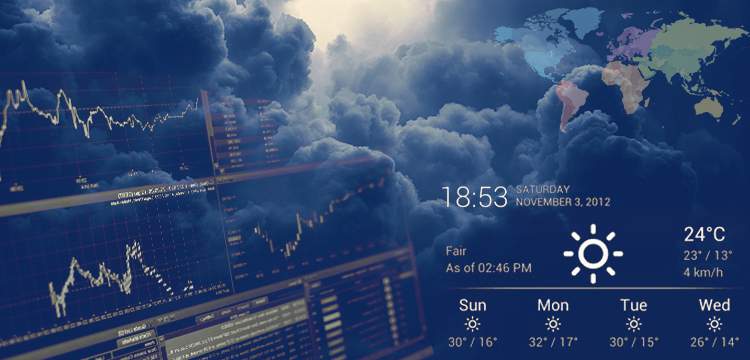Weather is an important part of our lives. It affects what we do every day and how the world around us looks. Even though we can’t control the weather, we can try to understand it better. One way to do that is by looking at information about past weather, like temperature records. This information helps scientists and weather experts make better predictions about the future. By studying the past, we can learn more about what might happen in the future when it comes to the weather.
Learning from the Past
- Why Past Weather Information is Important
- Historical weather data includes things like temperature, rain, wind, and air pressure. Out of these, temperature is especially useful for predicting weather patterns.
- Temperature is a key indicator of how the climate is changing and how it varies over time. By looking at temperature records from a long time ago, scientists can find patterns and trends that can help them make predictions about the future.
- Knowing about historical temperature data helps us understand how the climate changes over different time periods, like seasons and years. This is important for figuring out how climate change affects us and how we can adapt to it.
- How Past Weather Information is Collected and Kept
- We get past weather information from different sources, like weather stations, satellites, and computer models. Weather stations use thermometers to measure the temperature at regular times throughout the day. Satellites give us a bigger picture of temperature changes around the world.
- To make sure the past weather information is accurate and reliable, we store it carefully. Weather organizations save this data in digital databases, so we can study it in the future.
Studying the Past
- Finding Patterns in Historical Weather Reports
- Historical weather reports are helpful for climate scientists and weather experts. These reports give us detailed information about the weather at specific places and times in the past.
- By looking closely at these reports, researchers can spot patterns that repeat over time, like El Niño and La Niña events. These patterns have a big impact on temperature changes and help us predict long-term weather trends.
- Using Data Analysis to Predict Weather Patterns
- Scientists can use advanced techniques to analyze historical weather reports and find important information. They combine temperature data with other things like ocean currents and air pressure to see how they are related. This helps us understand climate patterns better.
- Machine learning and statistical models are tools that scientists use to study a lot of historical weather data. These tools help find complicated patterns and make more accurate predictions about future climate.
By looking at temperature records and historical weather report, scientists can learn a lot about how the climate used to be and how it might change in the future. This knowledge helps us come up with ways to deal with climate change and make sure we have a sustainable future. Platforms like AWIS Weather Services are important because they provide accurate and trustworthy weather information, which helps scientists and researchers make smart choices for a strong future.

